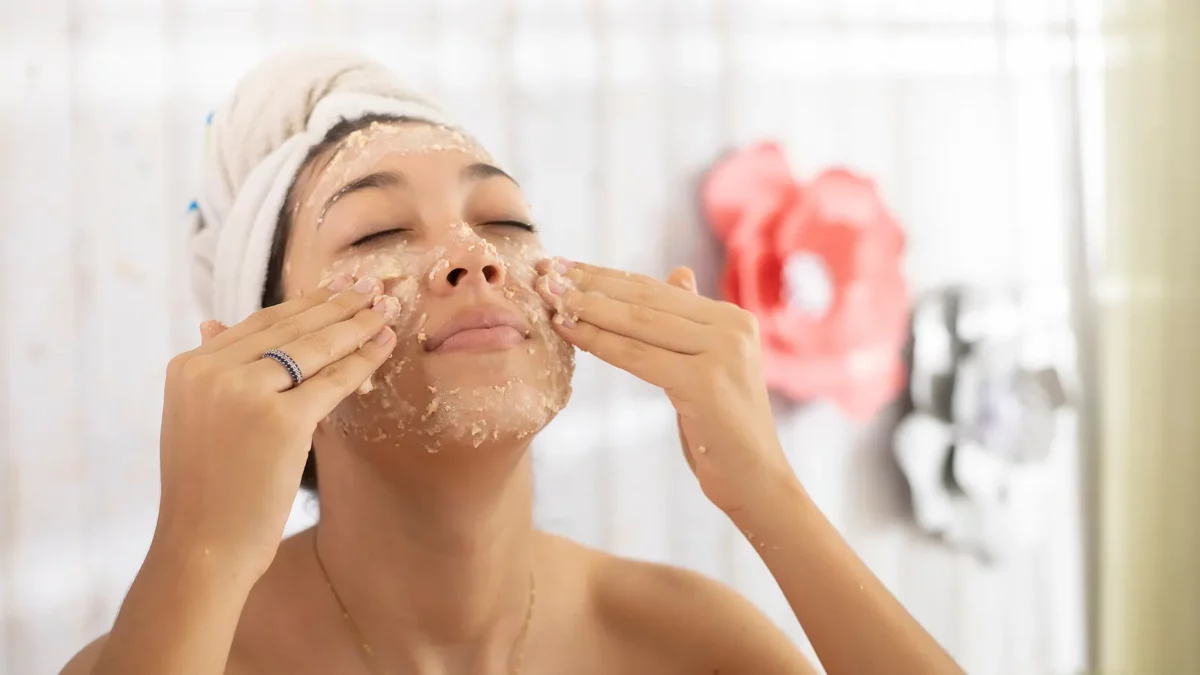Skincare products and cosmetics have been popular in South Korea for centuries. There, the quest for porcelain white skin was associated with prosperity and people of a higher class.
Over the years, this culture has influenced the Korean beauty trend, which has gained a massive fan base. The trend extends beyond the famous blemish balm to more skincare treatment products and a wide range of makeup products. K-beauty has seen a steady rise in popularity, which started in 2016 and picked up significantly in 2022.
The fuss and rage around achieving glass skin left the South Korean borders and spread worldwide.
What was once a teenage curiosity has turned into a global trend. Here are a few things you should know about this multi-step K-beauty routine.
1. The Importance of Multi-Cleansing
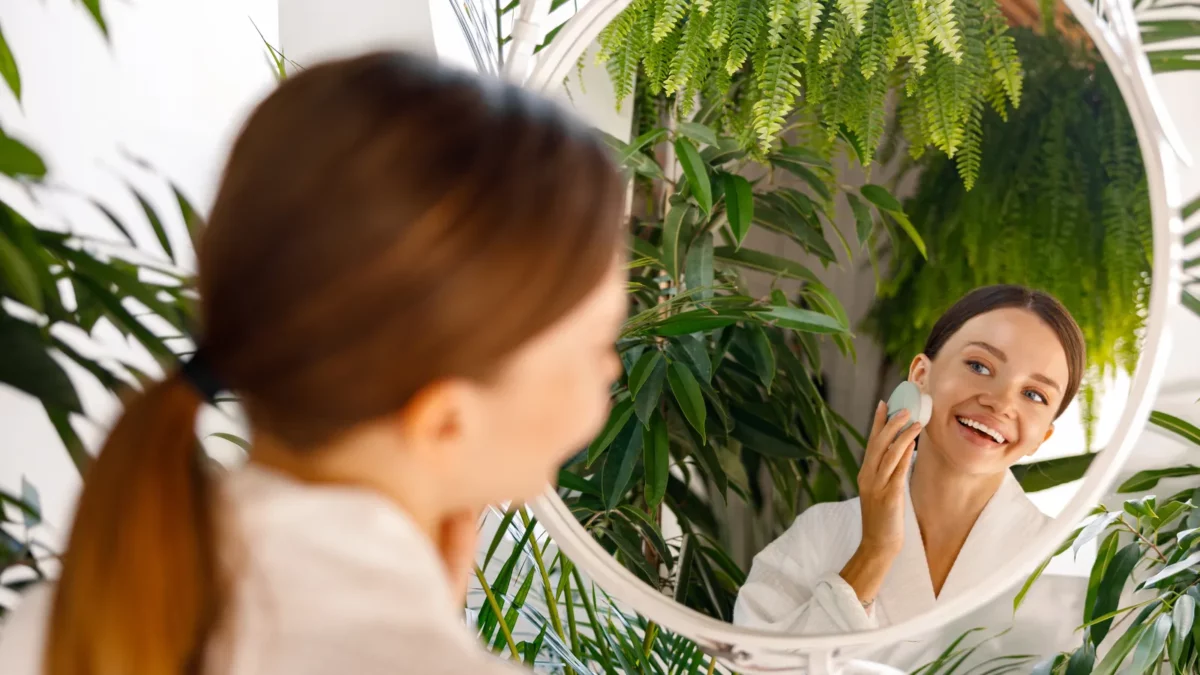
Cleansing your skin after a long day seems like a lot of work. Imagine having to do it twice! K-beauty is keen on getting all the makeup and dirt from your skin, following a series of cleansers. According to K-beauty practices, you must cleanse with an oil-based cleanser and follow up with a water-based cleaner for the best results.
The “clean girl aesthetic” is what K-beauty is most known for, and according to experts, the first step in getting to that goal is through proper cleansing.
2. Sheet Masks
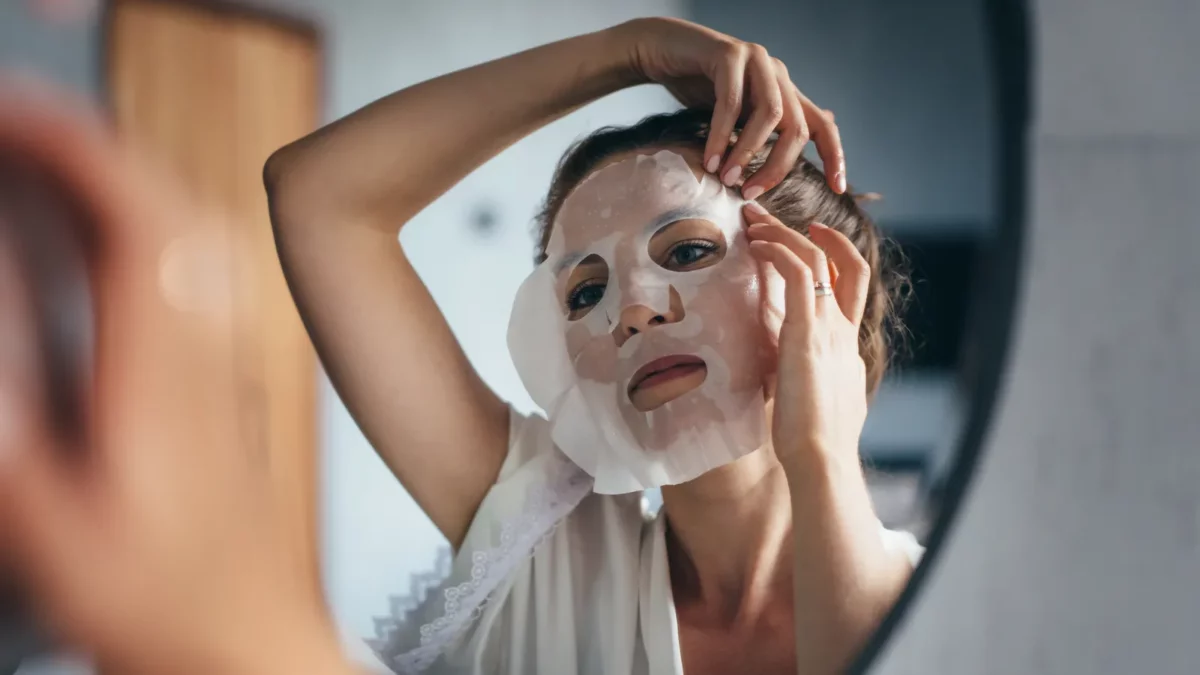
K-beauty routines prioritize masking, but not just regular masks. They have different masks for different skin concerns, making it a more targeted approach than what we use masks for. You could get as many masks as your skin needs, making these beauty routines more precise.
3. Tap, Don’t Rub
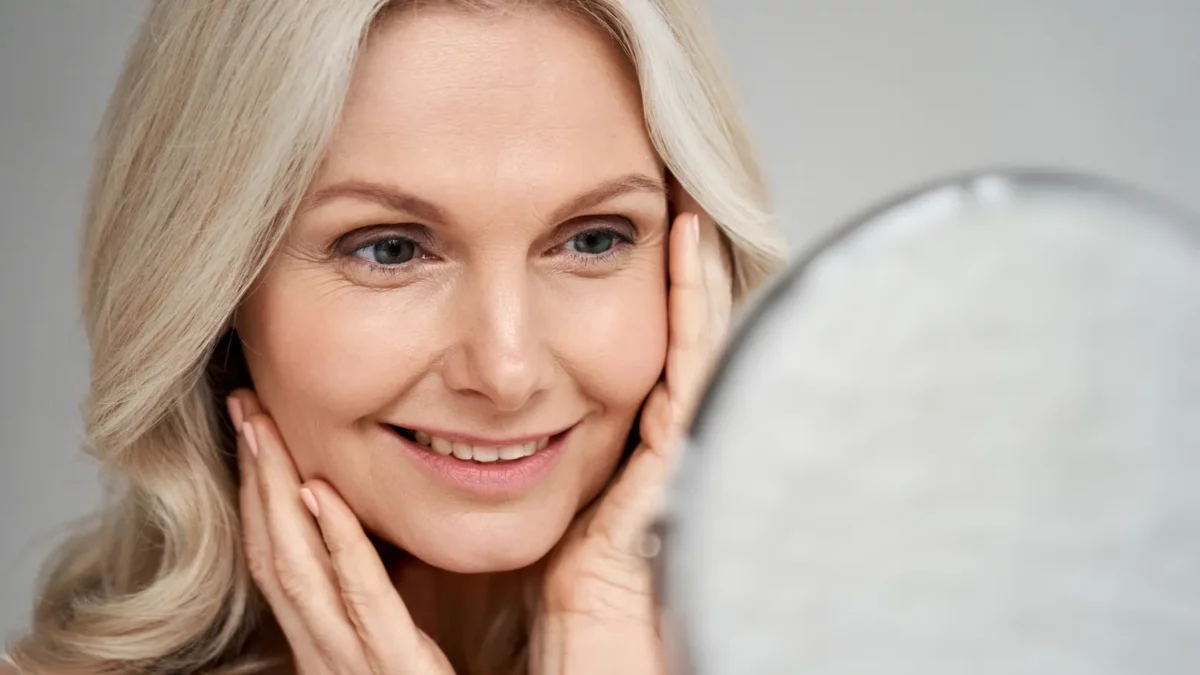
K-beauty enthusiasts swear by tapping the products into the skin. Rubbing leaves a matte finish and interferes with the skin’s product absorption. Tapping the product gives a dewy finish, and the product is laid on the skin long enough to absorb it.
4. The Aloe Vera Effect
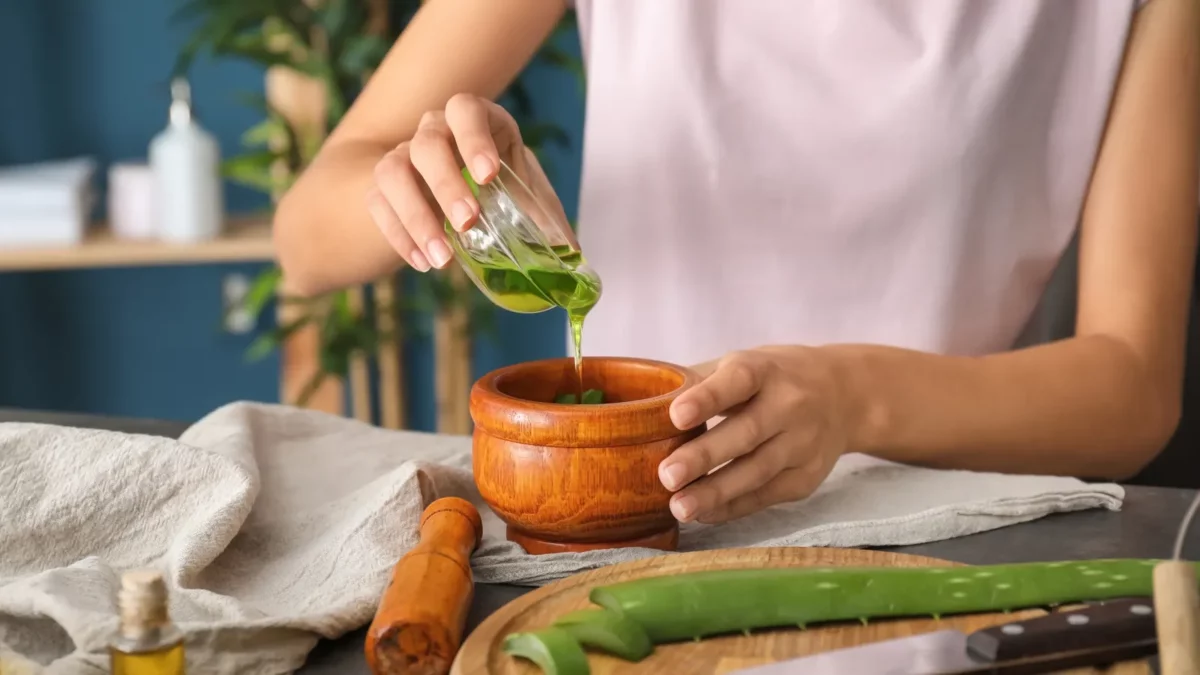
Aloe vera is a crucial ingredient among K-beauty products, thanks to its numerous skin benefits, including soothing burns. Additionally, its hydrating properties make it a staple ingredient in most K-beauty products, especially those formulated for sensitive skin.
5. Prioritizing Sunscreen
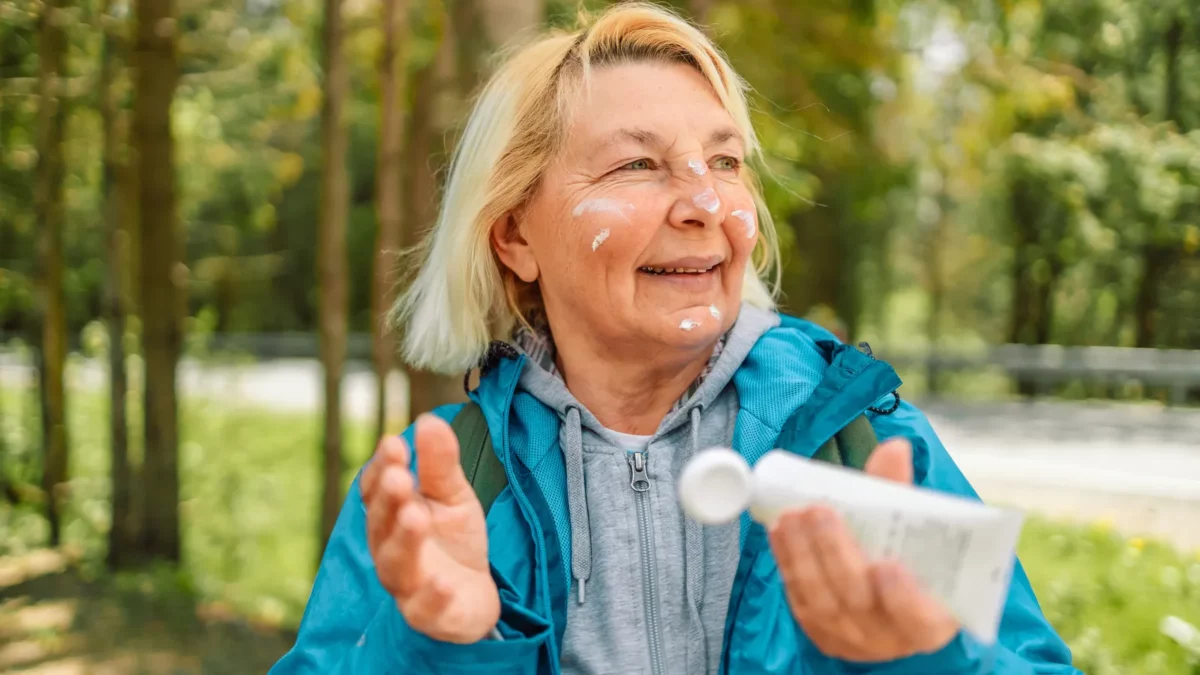
We have all heard the myth that sunscreen is strictly for sunny days. In fact, UV rays work as long as the sun is out, and your skin is at risk of absorbing free radicals and UV radiation. In K-beauty, sunscreen is essential to skincare routines, regardless of the weather.
Studies emphasize the importance and need for using sunscreen as a preventative measure for reducing skin cancer. Besides cancer prevention, sunscreen prevents sunburn and skin damage.
6. Gua Sha Skin Care
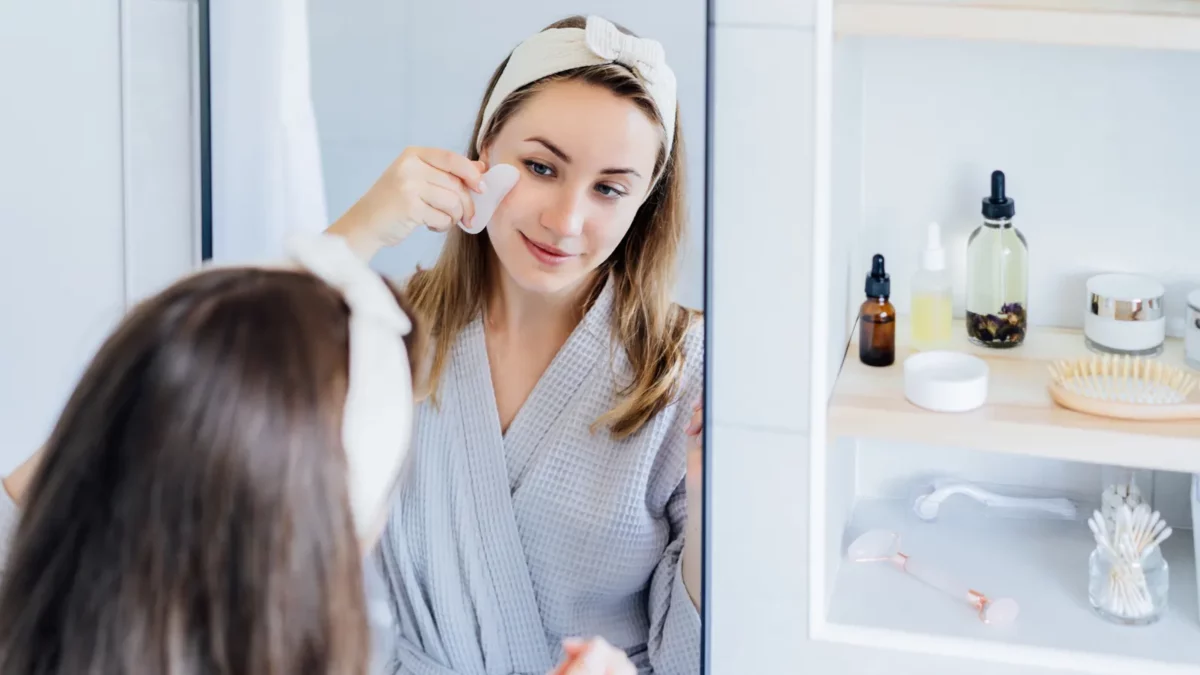
Gua Sha is a traditional Chinese technique that uses a smooth-edge tool, usually made from ceramic or stone. The method involves pressing and stroking the skin following specific outlines. It helps contour the face, boost lymphatic drainage, improve circulation, and even improve skin texture.
7. Use of Cushion Compact Cream
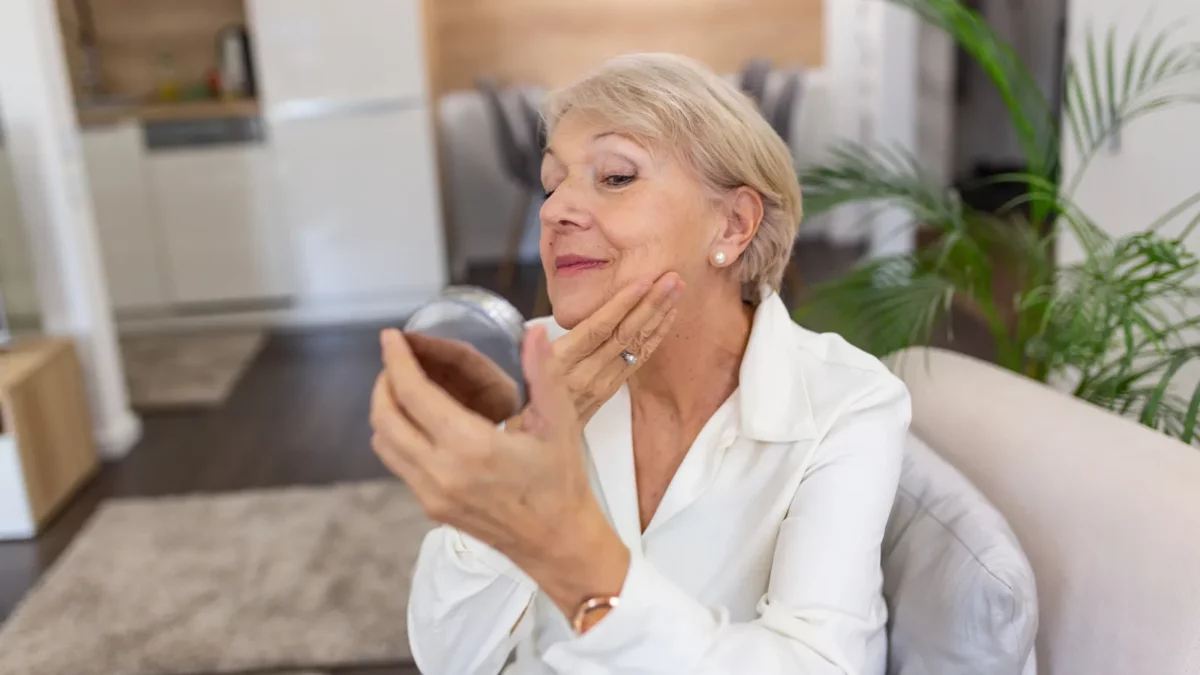
Instead of applying three products when doing your skin routine, K-beauty has made your work easier with cushion compact (CC) cream. CC is a 3-in-1 product that offers sun protection, foundation, and skincare in an easy-to-carry and compact package. CC cream has lightweight, mattifying, and anti-aging properties, making it the best option for oily skin.
8. Hanbang Skincare
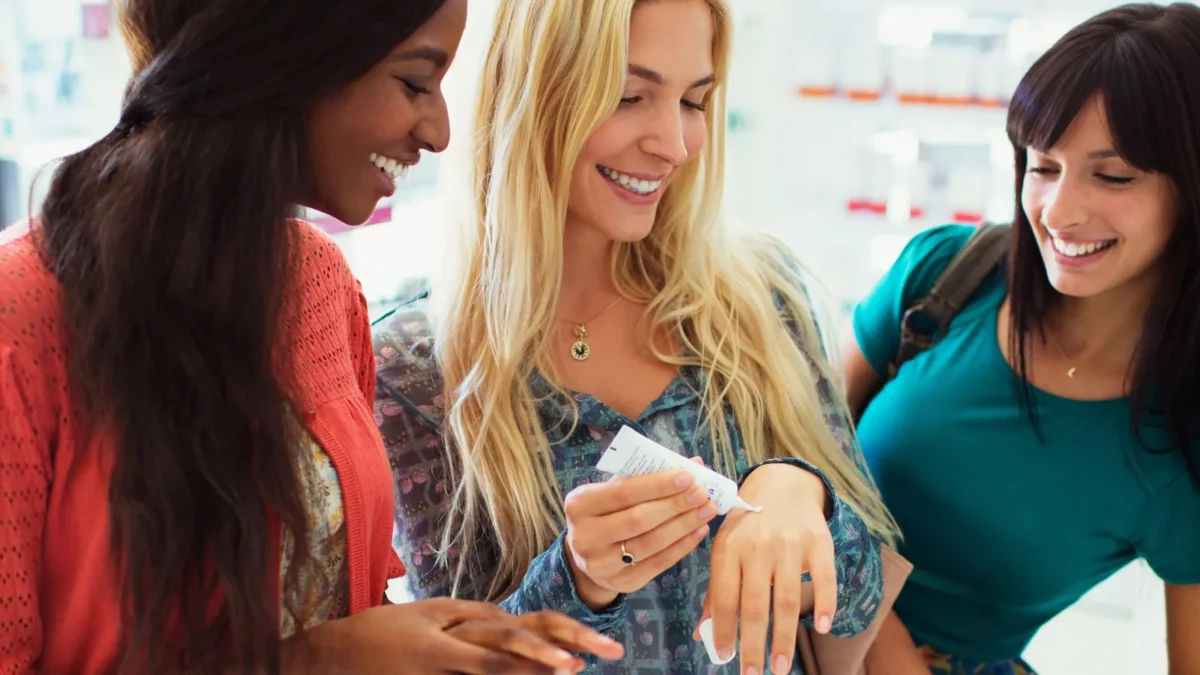
Hanbang ingredients are traditional Korean natural ingredients and herbs. The natural products are mixed at precise percentages to work on specific skin types. These include lotus flowers, schizandra berries, ginseng roots, and orchids.
Despite being traditional ingredients, most alternative components, like Ginseng, found in K-beauty products have been researched through the years, further supporting their efficiency and benefits.
9. Exfoliation
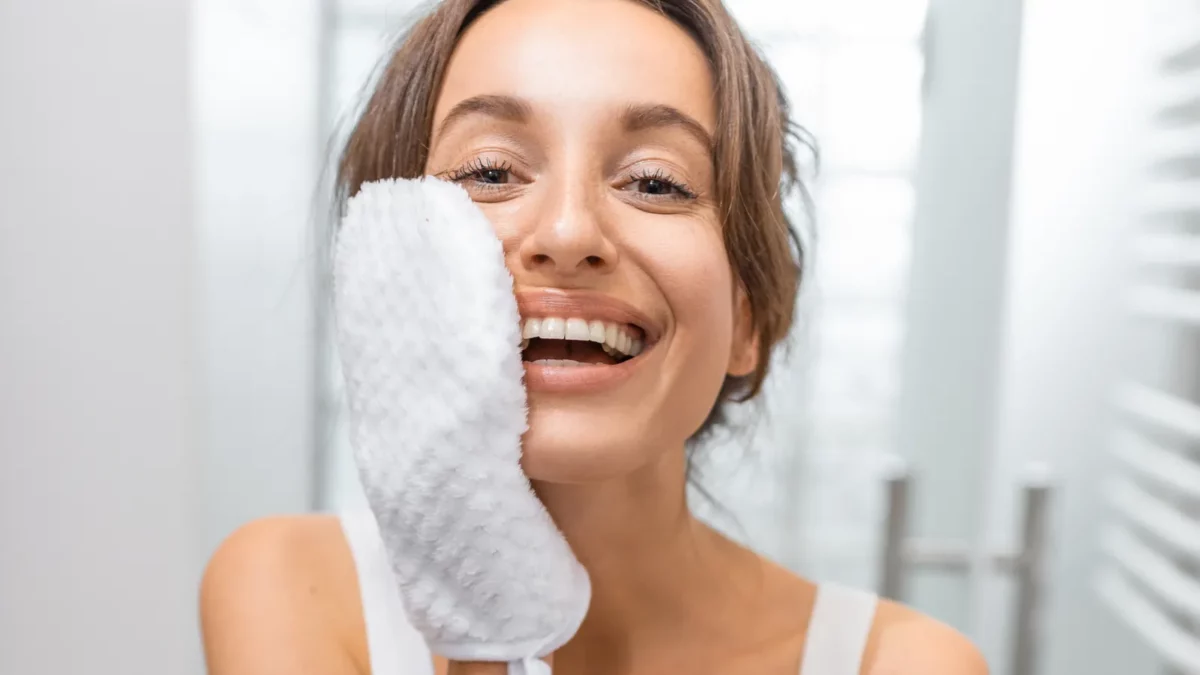
K-beauty routines include exfoliation, a stage in skin care to remove dead skin. Most of the exfoliants in K-beauty are chemical exfoliants, meaning they penetrate the skin surface and work from inside. They come in liquid form and have specific instructions for different skin types.
“The process of removing dead skin cells through exfoliation is an integral part of a skincare routine,” says Dennis John in his Oregon State University article. He adds, “Amongst other benefits, it helps unclog pores, regeneration of new skin cells, and improvement of your skin’s texture.”
10. BB Cream
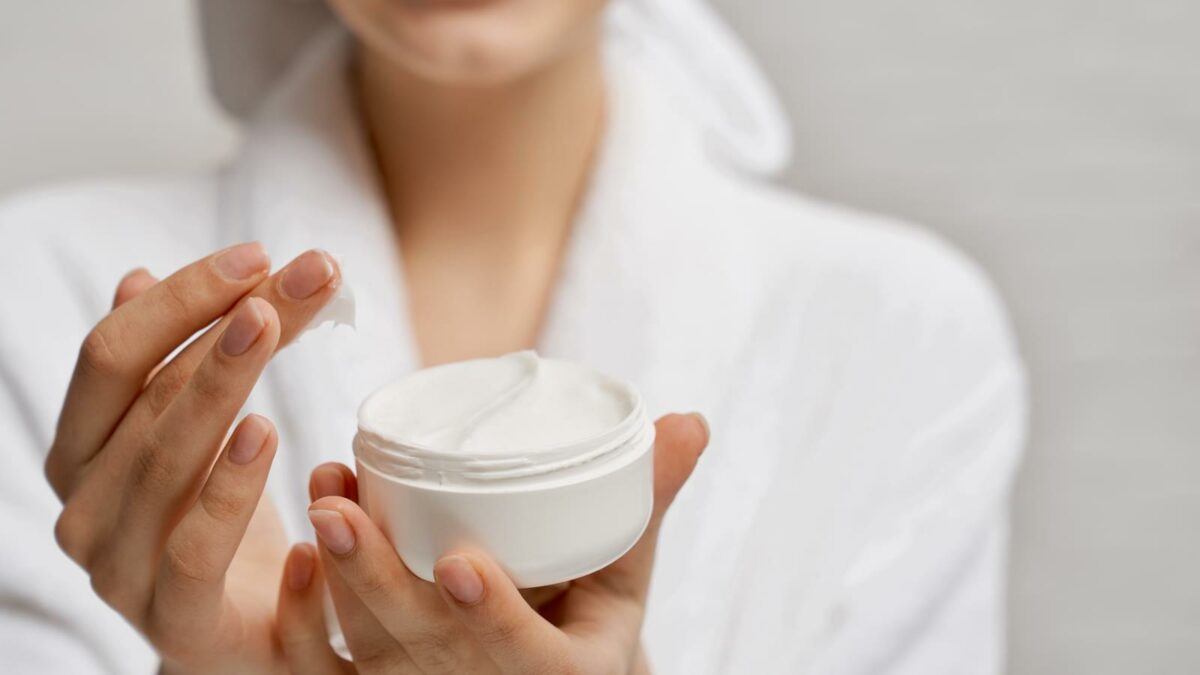
BB stands for beauty balm, a lighter coverage option than regular foundation. Like CC, BB cream is a multitasking balm combining primer, moisturizer, foundation, skincare, and sunscreen. This product cuts down the steps you would need to do by providing all the benefits of different products in one.
11. Use of Creative Ingredients
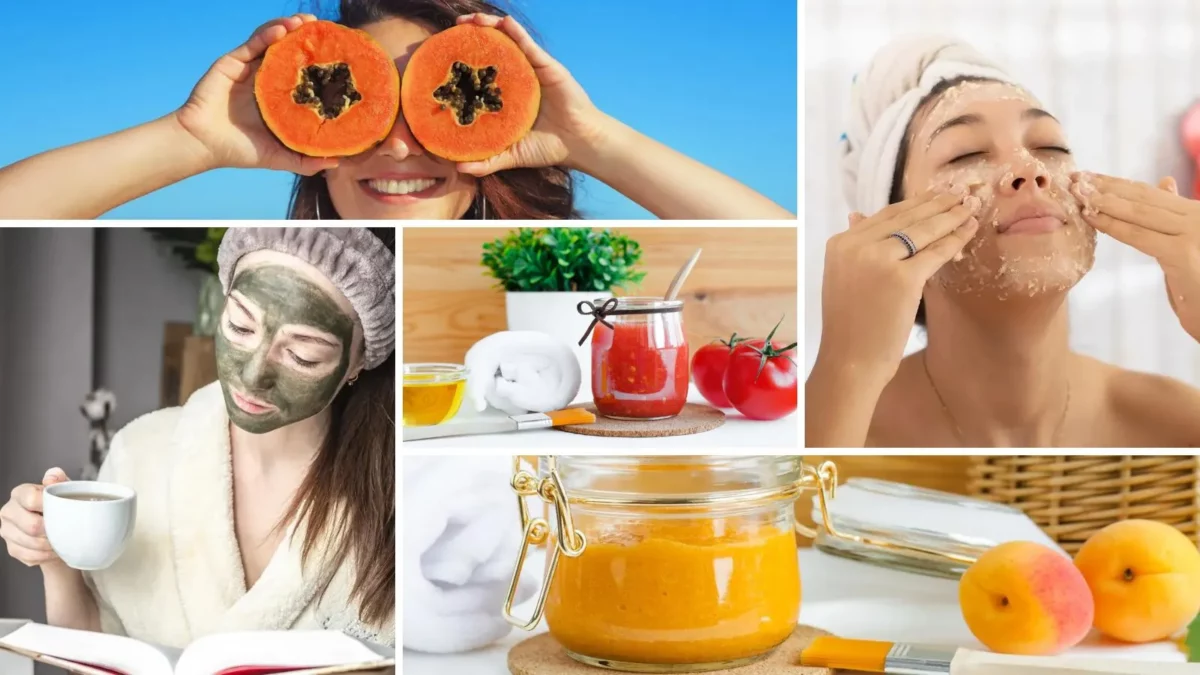
K-beauty is all about innovation, and the trend is keen to explore what creative ingredients will help the skin, from bee venom to snail mucin. The interesting thing about K-beauty is that formulators will use unique compounds and test them to see their benefits on the skin.
12. The 10-Step Skincare Regimen
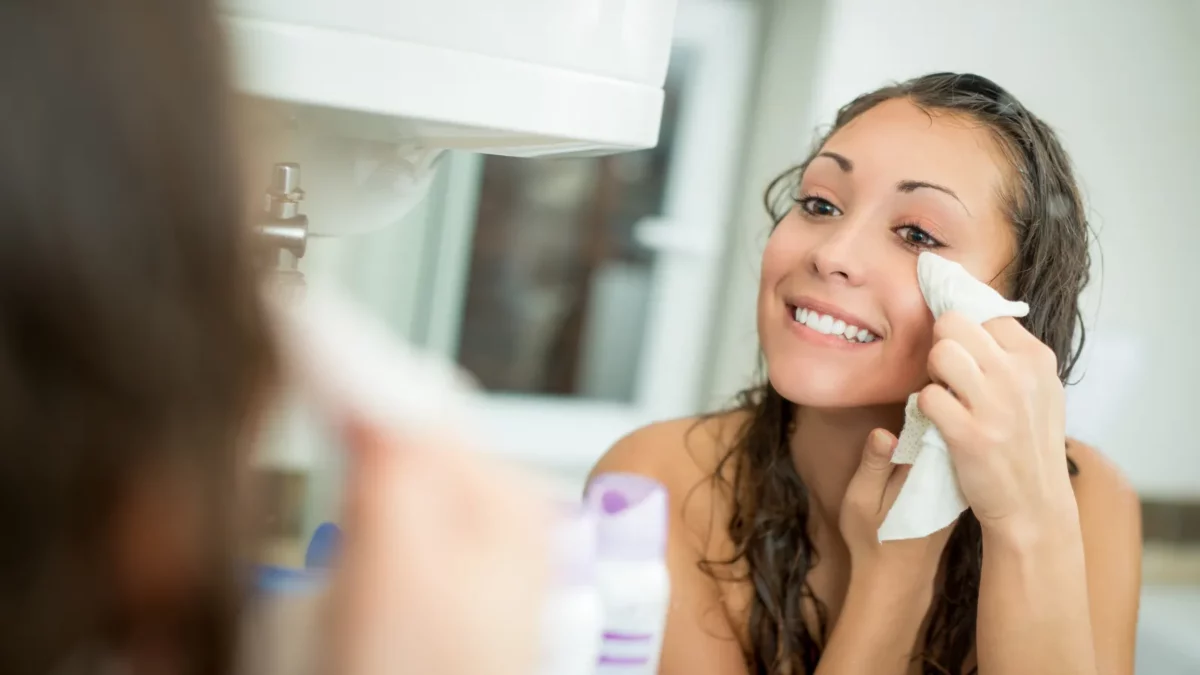
K-beauty is popularly known for the 10-step routine. The goal is to cleanse the skin deeply and to introduce nutrients to the skin, following your skin’s needs. Here is an example of a 10-step routine:
- Oil-based cleanser
- Water cleanser
- Exfoliate
- Toner
- Essence
- Serum/Ampoule/Booster
- Sheet Mask
- Eye Cream
- Moisturizer
- Sunscreen
- Snail Mucin Serums
Snail secretion is a big part of K-beauty. Snail mucin is the mucous substance that snails secrete for lubrication, hydration, and adhesion. The K-beauty industry has found a way to make this sticky substance work for the human skin.
Snail mucin is packed with collagen, an essential compound for maintaining the skin’s elasticity. It also contains allantoin, a compound that helps heal scars and acne, making it a sought-after product for people with sensitive skin.
13. Glass Skin Trend
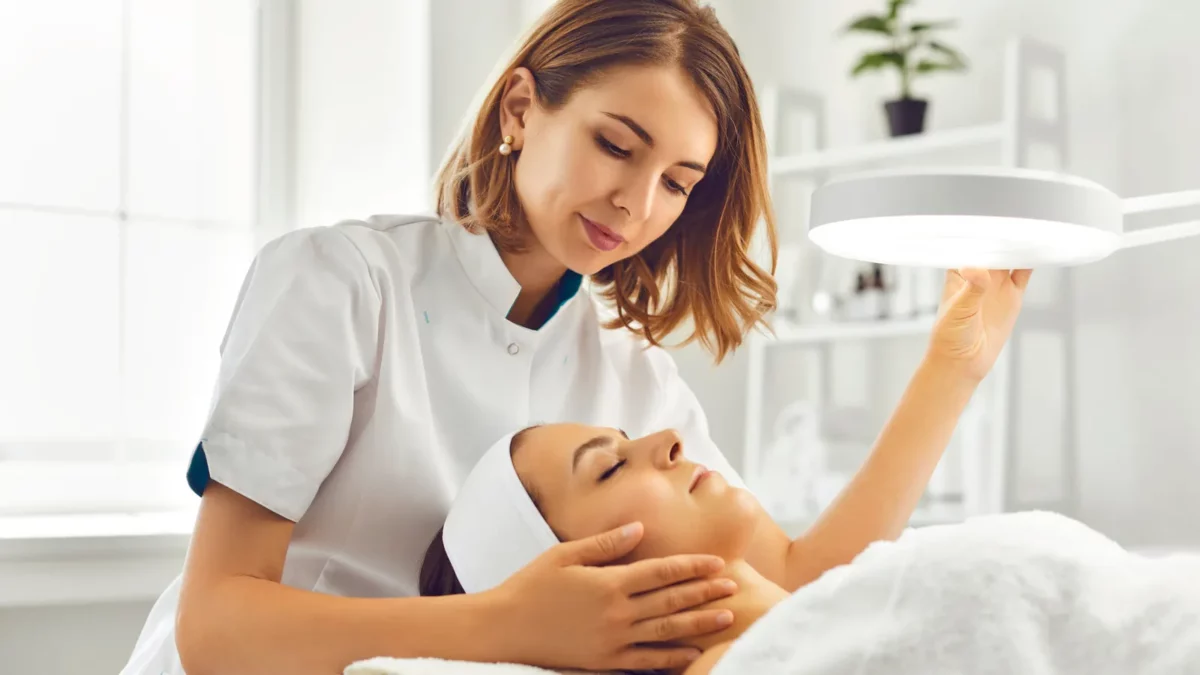
The most sensationalized aspect of K-beauty has been the glass skin effect. Glass skin is dewy, mostly reflective, and naturally highlighted. This effect is attributed to the extensive steps in routines and the use of high-active products that clear the skin and keep it supple.
14. Ampoules, Essences, and Serums
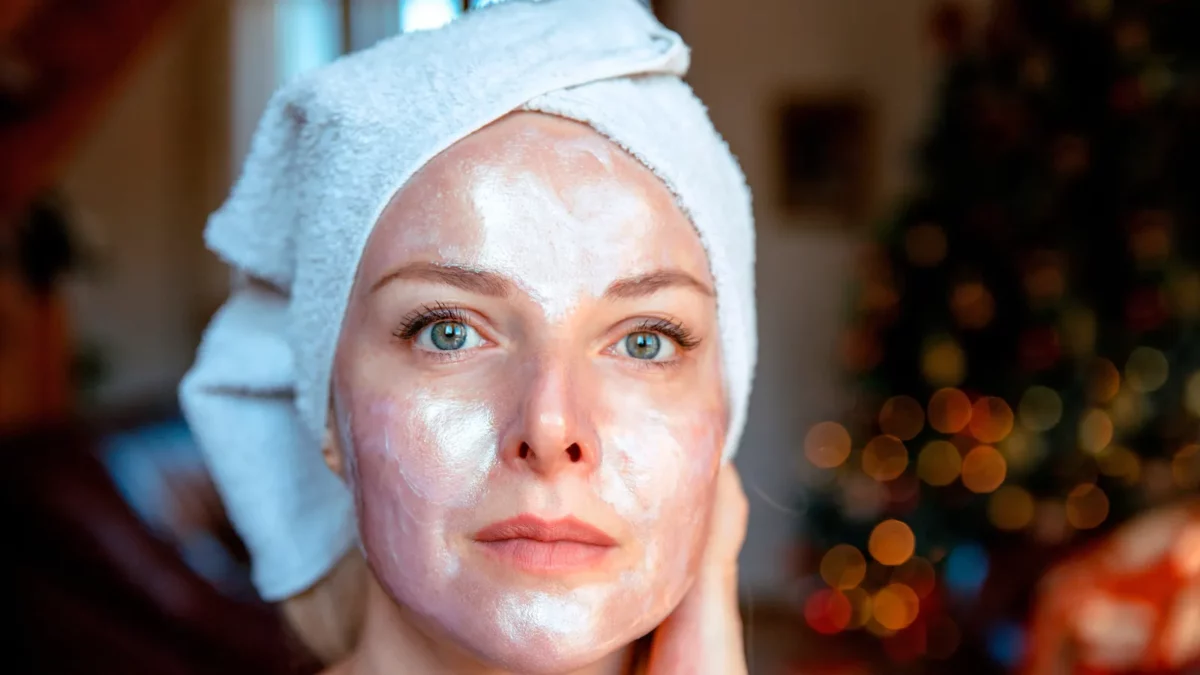
The K-beauty trend involves layering oils and serums to give the skin a dewy look. Ampoules are more concentrated than essences and serums, while essences are lighter. Depending on your skincare goals and needs, there is a variety to choose from in K-beauty.
15. Sustainable Skincare
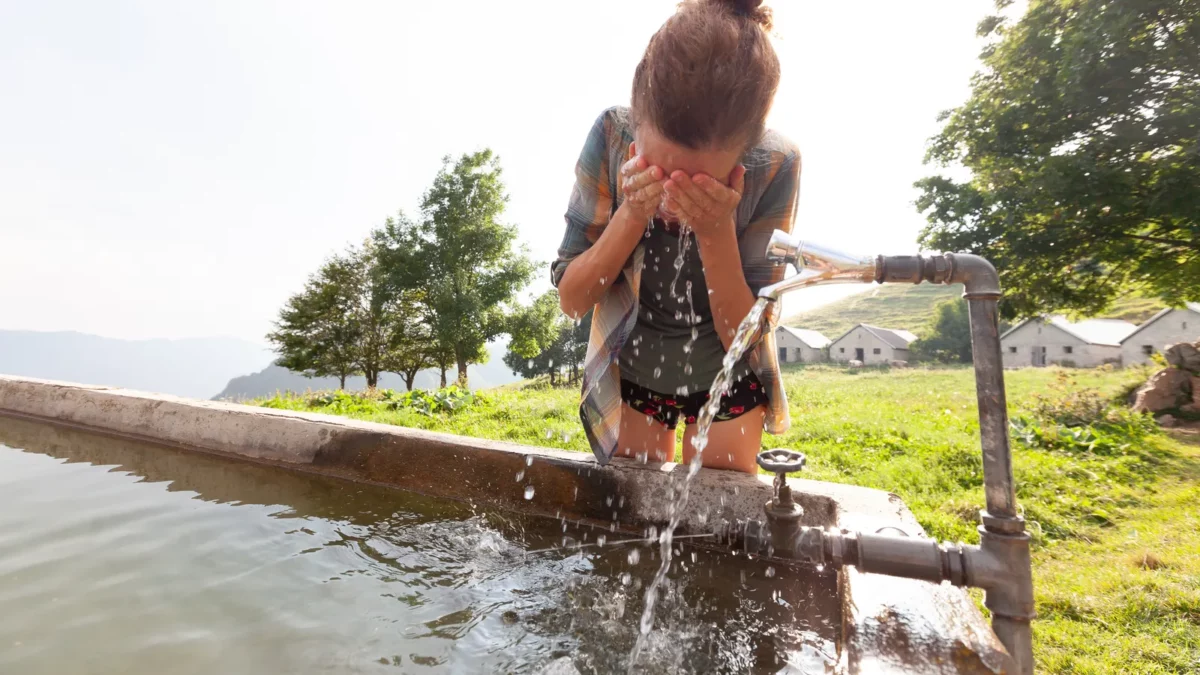
The beauty industry has become very eco-conscious through the years. The K-beauty has embraced protecting the environment by offering its clients refillable packaging, eco-friendly ingredients, and biodegradable sheet masks.
According to NATRUE, many cosmetic companies are moving away from synthetic ingredients. With sustainable skincare products, you use naturally occurring ingredients of higher quality that are ideal for your skin and the best for the environment.
16. Pore Care
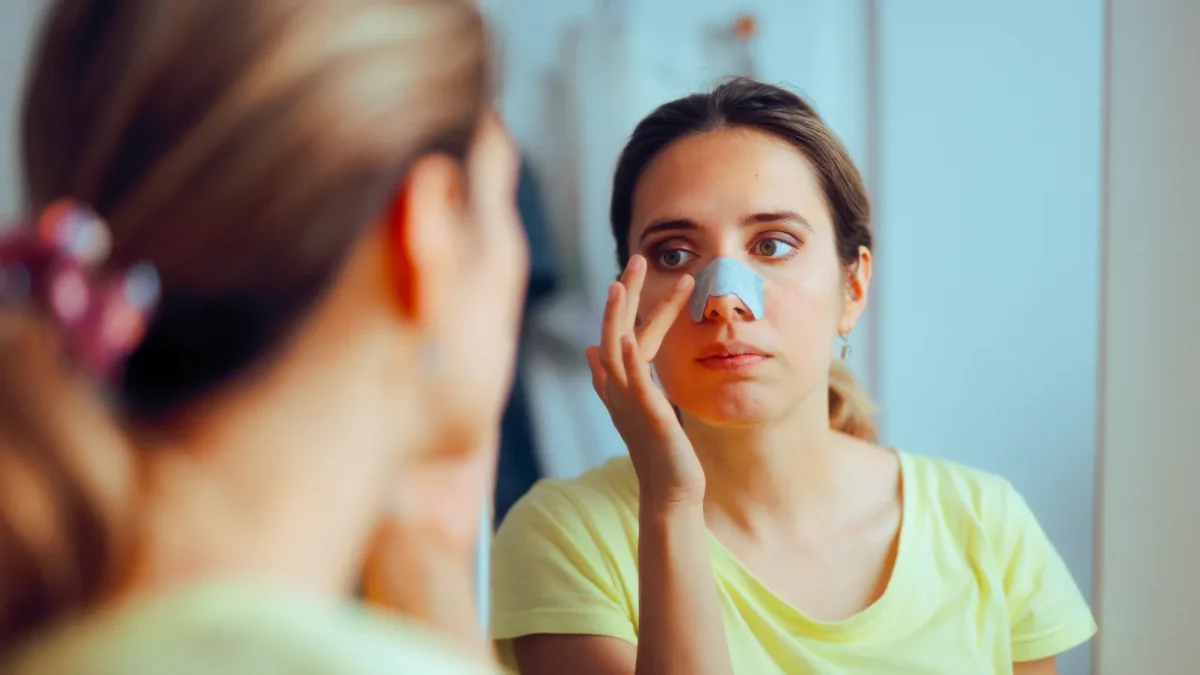
Skin texture is an essential element of K-beauty approaches. While pores are natural and harmless, this beauty trend is out to make sure they are invisible. On this note, some products are formulated to minimize pores and even out skin texture for the glass skin the trend chases.
On the other hand, clogged pores can be problematic as they can lead to acne and unhealthy skin.
17. Mochi Skin Trend
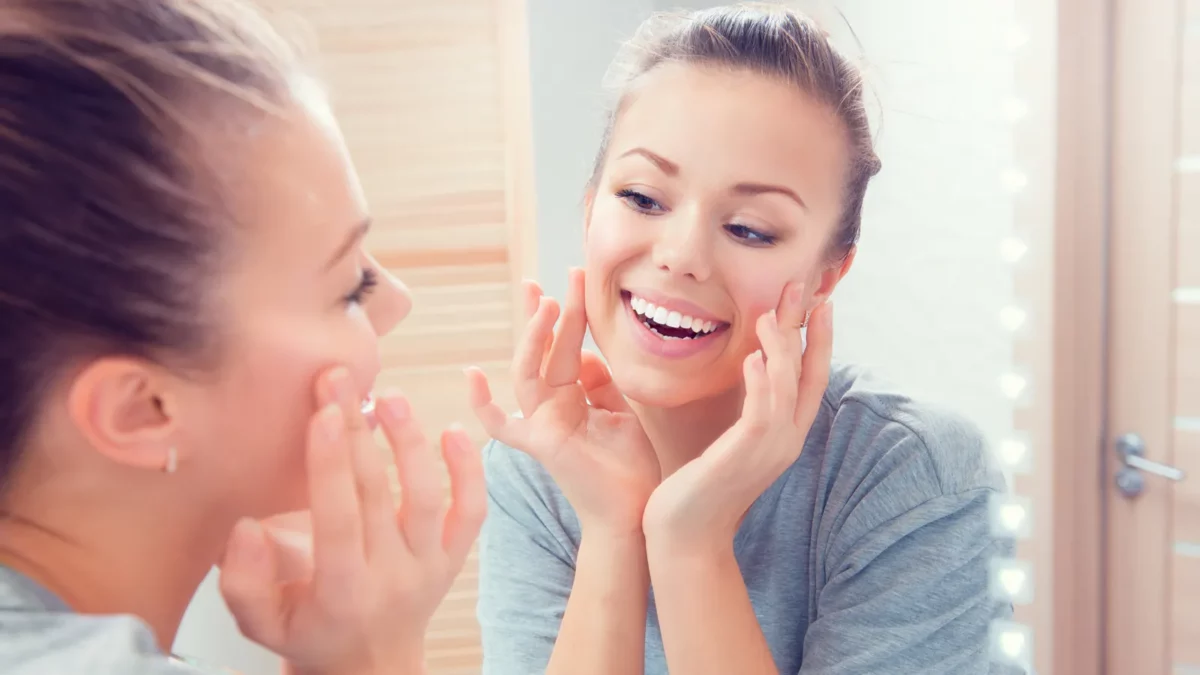
Mochi skin, also known as ‘Rice-Cake Skin’ or ‘Mochi Hada.’ is the opposite of glass skin in K-beauty. Glass skin is all about dewy, reflective skin, while Mochi skin is matte and shine-free. While K-beauty is known for glass skin, the same routines cater to women who want a more matte look, so there are specific products.
18. Innovative Packaging

The K-beauty industry does not only pay attention to the quality of the products but also utilizes innovative packaging. This is to ensure proper dispensing of the product while protecting the quality of the product over time. You will see opaque glass bottles, glass droppers, and pumpless systems, which are not only practical but also protective of the product
19. Emphasis on Inner Beauty

The standards and perception of beauty are never constant, and as much as acquiring outer beauty is encouraged, emphasis is also placed on embracing your inner beauty.
It might not look like it, but the K-Beauty emphasizes inner beauty as much as outer beauty. It is also about a healthy lifestyle, essential in improving an overall health.
